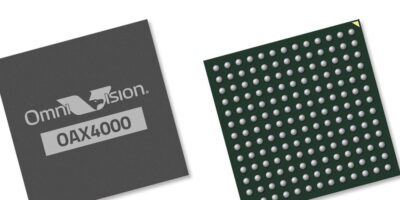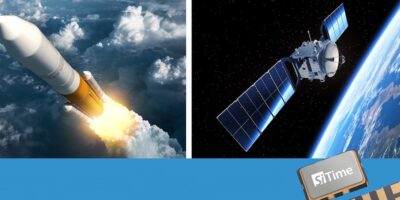Power signal and data processing SoCs can be created faster and for lower costs, says Sondrel, using its latest reference IP platform.
The SFA 300 reference IP is the latest addition to the. It is a semi-custom SoC design to which a customer’s IP can be added to create a bespoke solution for high performance data processing.
Each SFA 300 reference design has four CPU clusters. Several SFA 300s can be ganged together and synchronised via the PCIe interface to scale the processing performance. There is also the option to integrate accelerators and/or custom logic to further increase performance and minimise power requirements. Developers can use the SFA 300 to tailor designs for processing-intense applications such as 8K video, artificial intelligence (AI), facial recognition for surveillance, smart factories, blockchain servers and medical data analysis.
An ASIC with four CPU clusters is complex to design,” explained Rowan Naylor, a principal engineering consultant at Sondrel. “Moving data around the chip without bottlenecks needs a network on chip, a multi-width data path, internal RAM, scaled and distributed across the design for optimal performance, and data conflict arbitration”. He also went on to explain that data security aspects are required in the Arm-based security sub-system, such as activity/intrusion detection. These function are in the SFA 300 IP platform, which allows engineers to reduce the design time and costs by up to 30 per cent, declared Naylor.
The SFA 300 framework design enables it to be scaled to suit the application as well as be the basis for different solutions of varied processing power capabilities. The four CPUs can be chosen to suit the processing power need by each of the four channels of the chip because the interconnects on and off the CPUs are standardised. This standardisation of interconnects on the boundaries of IP blocks and the rest of chip enables most other IP blocks such as memory to be also exchanged as required.
If the processing power required is greater than can be achieved by upgrading the processors, then several chips can be ganged together to form a cluster to achieve the processing power required with the limiting factor being the speed of inter-chip communications dropping as more chips are ganged together.
According to Sondrel, this is an inexpensive means of achieving a high-performance solution as it requires just one chip repeated several times rather than a more expensive, single chip solution. Typical performance figures are 4 tera operations per second (TOPS) for each channel for AI and 400 giga operations per second for each channel for DSP.
The SFA 300 can be used for image and video analysis, for example. For a static image, it could find a face or count the number of blood cells on a sample slide and a neural net could provide more sophisticated recognition for data analysis, explained the company. Treating a video as a series of images, it could deduce the direction and speed of an object of interest.
Another use case could be heavy duty number crunching such as for block chains and cryptocurrency mining.
The SPA 300 has low power consumption, making it suitable for battery powered applications, such as a drone. The powerful image processing capabilities and AI enable it to be used as an autonomous drone controller to fly the drone.
The SPA 300 is the third in the company’s Architecting the future IP platforms.
Sondrel offers a full turnkey service that turns designs into fully tested, shipping silicon.







